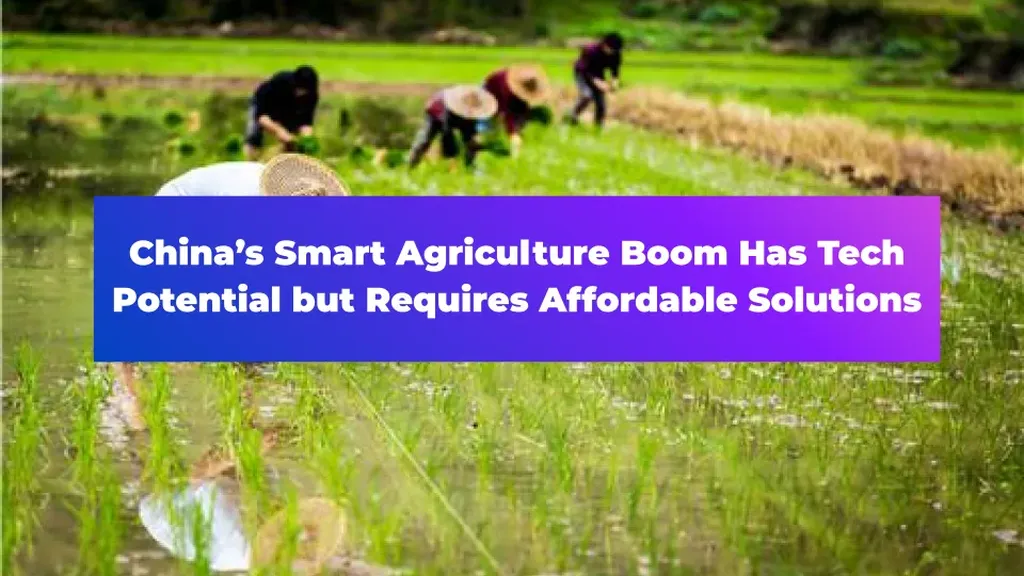In the heart of China’s ambitious agricultural modernization, a groundbreaking study led by Muren from the Academy of Big Data and Interdisciplinary Sciences at Jilin University of Finance and Economics is reshaping our understanding of agricultural efficiency and sustainable development. Published in the esteemed journal *Scientific Reports* (translated from Chinese as “科学报告”), this research delves into the spatial and temporal dynamics of agricultural output, offering critical insights for policymakers and energy sector stakeholders alike.
China’s Ministry of Agriculture and Rural Development has set the stage with the National Action Plan for Smart Agriculture (2024–2028), aiming to revolutionize the sector through technological and energy restructuring. Muren’s study leverages spatial geographic big data from 2014 to 2022, providing a granular analysis at the district and county levels. By employing the Malmquist index, the research evaluates the efficiency of agricultural output across regions, identifying both high-performing and underperforming provinces.
“The Malmquist index allows us to track changes in agricultural efficiency over time, providing a clear picture of where improvements are being made and where challenges persist,” Muren explains. This nuanced approach is crucial for formulating targeted policies that can drive sustainable growth.
One of the study’s most innovative contributions is the application of Spatiotemporal Geographically Weighted Regression (GTWR) with interaction terms. This advanced statistical method explores the factors influencing agricultural output at national, efficiency, and inefficiency levels. The findings reveal a complex interplay of variables, including mechanization, resource allocation, soil quality, and sustainable practices.
“Understanding these factors is essential for developing strategies that can enhance agricultural productivity while minimizing environmental impact,” Muren notes. The study also employs the coupling coordination degree to measure the sustainable development capacity of different regions in five key areas: economic, environmental, population, resources, and technological sustainability.
The implications for the energy sector are profound. As China seeks to modernize its agriculture, the demand for energy-efficient technologies and sustainable practices will grow. Regions identified as efficient zones are encouraged to focus on improving mechanization, optimizing resource allocation, and enhancing soil quality. In contrast, inefficient zones require targeted investments in technological advancement and resource management.
“This research provides a roadmap for policymakers to implement differentiated support, fostering coordinated regional development,” Muren says. By addressing the unique challenges and opportunities in each region, China can achieve a more balanced and sustainable agricultural sector.
The study’s findings are particularly relevant for the energy sector, as the transition to smart agriculture will necessitate innovative energy solutions. From renewable energy integration to energy-efficient farming practices, the research highlights the need for a holistic approach that considers both economic and environmental sustainability.
As China continues to lead the way in agricultural modernization, Muren’s research offers valuable insights for other countries grappling with similar challenges. By leveraging big data and advanced statistical methods, policymakers can make informed decisions that drive sustainable development and economic growth.
In a rapidly changing world, this study serves as a beacon for the future of agriculture, guiding stakeholders towards a more efficient, sustainable, and prosperous future. As Muren aptly puts it, “The key to success lies in understanding the unique needs of each region and tailoring policies accordingly.” With this research, we are one step closer to achieving that goal.

